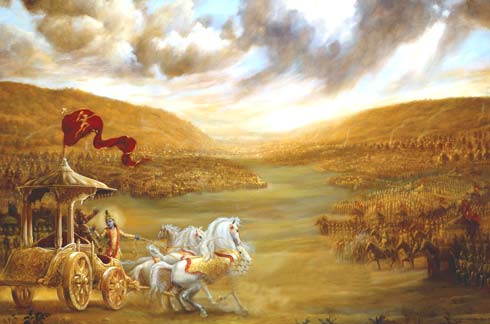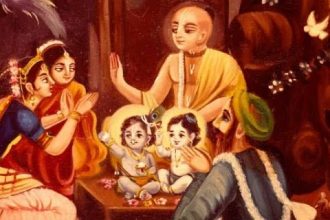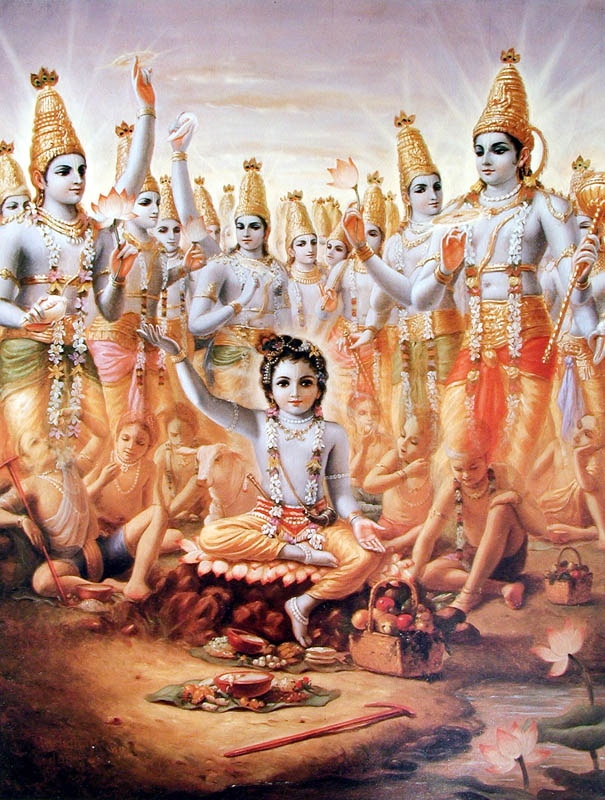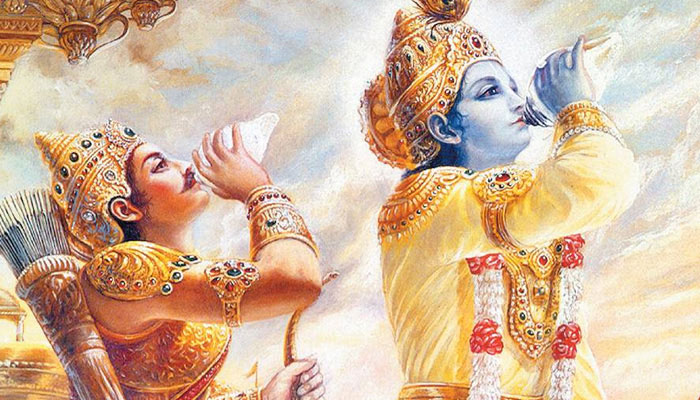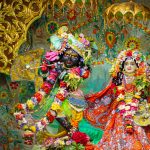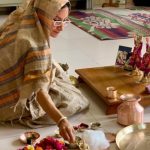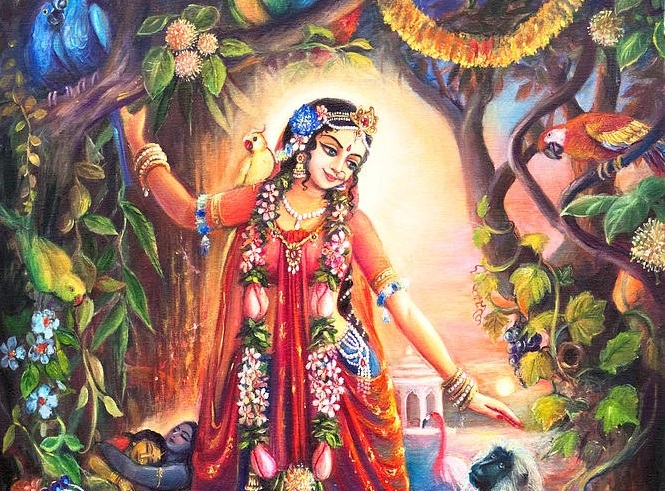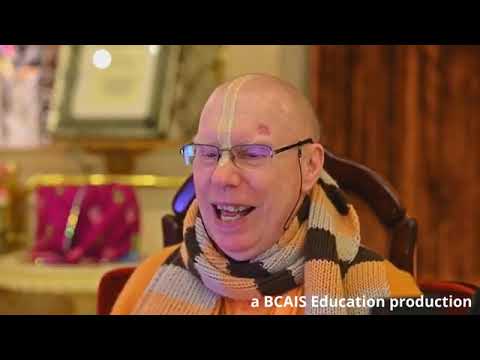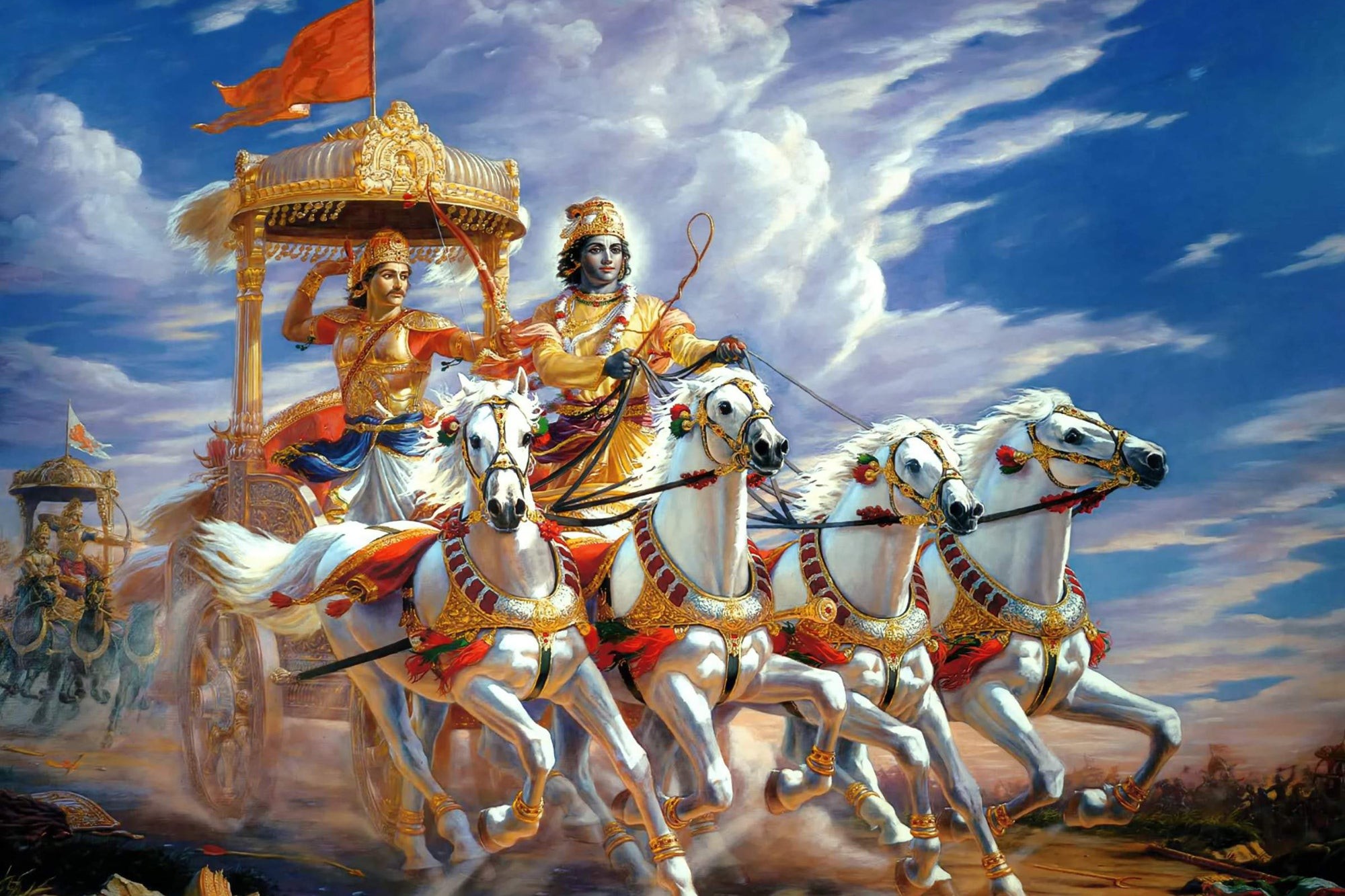TEXTS 11-12
śucau deśe pratiṣṭhāpya
sthiram āsanam ātmanaḥ
nāty-ucchritaṁ nāti-nīcaṁ
cailājina-kuśottaram
tatraikāgraṁ manaḥ kṛtvā
yata-cittendriya-kriyaḥ
upaviśyāsane yuñjyād
yogam ātma-viśuddhaye
SYNONYMS
śucau—in a sanctified; deśe—land; pratiṣṭhāpya—placing; sthiram—firm; āsanam—seat; ātmanaḥ—his own; na—not; ati—too; ucchritam—high; na—nor; ati—too; nīcam—low; caila—ajina—of soft cloth and deerskin; kuśa—and kuśa grass; uttaram—covering; tatra—thereupon; eka—agram—with one attention; manaḥ—mind; kṛtvā—making; yata-citta—controlling the mind; indriya—senses; kriyaḥ—and activities; upaviśya—sitting; āsane—on the seat; yuñjyāt—should execute; yogam-yoga practice; ātma—the heart; viśuddhaye—for clarifying.
TRANSLATION
To practice yoga, one should go to a secluded place and should lay kuśa grass on the ground and then cover it with a deerskin and a soft cloth. The seat should be neither too high nor too low and should be situated in a sacred place. The yogī should then sit on it very firmly and practice yoga to purify the heart by controlling his mind, senses and activities and fixing the mind on one point.
PURPORT
“Sacred place” refers to places of pilgrimage. In India the yogīs, the transcendentalists or the devotees, all leave home and reside in sacred places such as Prayāga, Mathurā, Vṛndāvana, Hṛṣīkeśa and Hardwar and in solitude practice yoga where the sacred rivers like the Yamunā and the Ganges flow. But often this is not possible, especially for Westerners. The so-called yoga societies in big cities may be successful in earning material benefit, but they are not at all suitable for the actual practice of yoga. One who is not self-controlled and whose mind is not undisturbed cannot practice meditation. Therefore, in the Bṛhan-nāradīya Purāṇa it is said that in Kali-yuga (the present yuga, or age), when people in general are short-lived, slow in spiritual realization and always disturbed by various anxieties, the best means of spiritual realization is chanting the holy name of the Lord.
harer nāma harer nāma
harer nāmaiva kevalam
kalau nāsty eva nāsty eva
nāsty eva gatir anyathā
[Cc. Ādi 17.21]
“In this age of quarrel and hypocrisy the only means of deliverance is chanting the holy name of the Lord. There is no other way. There is no other way. There is no other way.”


